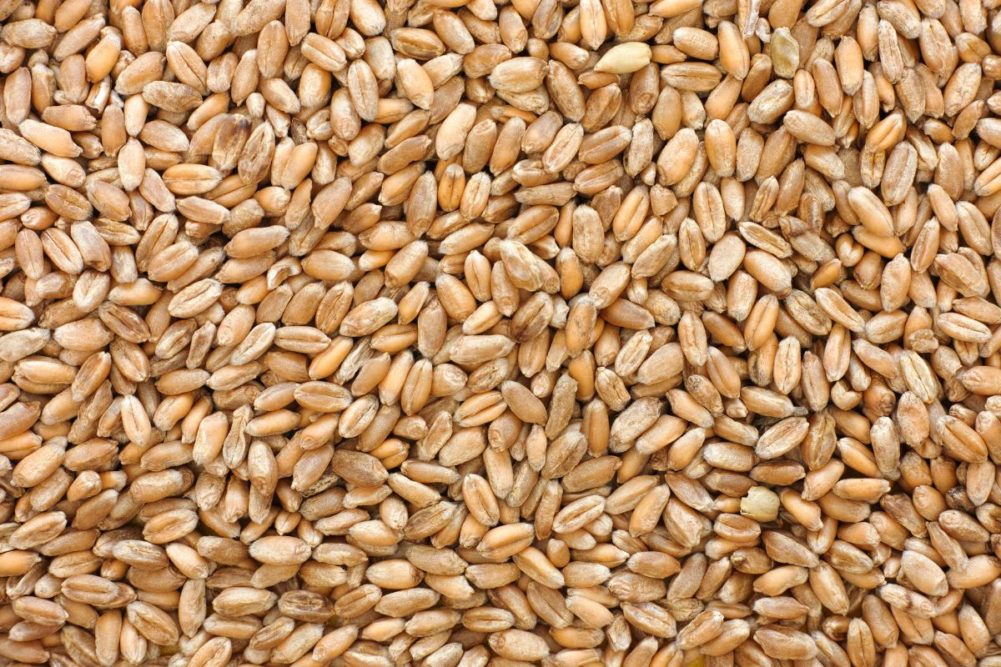NEW DELHI, INDIA — The Indian government recently announced its intention to donate 10,000 tonnes of wheat to neighboring Afghanistan, which is in the midst of an acute food crisis due to severe drought, a faltering economy and many years of military conflict. A 6.5 magnitude earthquake in the northeastern part of Afghanistan in March is the latest obstacle the country is trying to overcome.
India signed a Memorandum of Understanding with the United Nations World Food Program (WPF) to ensure the delivery. Last year, India shipped 40,000 tonnes of wheat to Afghanistan in attempt to help the estimated 23 million food-insecure people in the country.
‘’India’s support has been a lifeline for Afghan families facing hunger and it is a critical part of WFP’s humanitarian response,” said Elisabeth Faure, representative and country director for WFP in India. “I want to extend our sincere gratitude to the Indian government for its continued support to the people of Afghanistan.”
Since August 2022, 90% of the Afghan population has fallen short of its food needs, according to the WFP. It also noted that nearly 20 million Afghans do not know where their next meal will come from, 6 million are one step away from famine and two-thirds of the population — more than 28 million people — needs humanitarian assistance this year, 10 million more than two years ago.
India has not recognized the Taliban government in Kabul, which took charge in August 2021 through a quick military campaign that unfolded alongside the withdrawal of the US forces in Afghanistan. But India has maintained that it requires “unimpeded access” to the people of Afghanistan to ensure that the humanitarian goods that are being sent reaches them without getting diverted to the tribal warlords and local Taliban leaders.
The donation by India comes despite recent reports that because of high food inflation it is unlikely to relax its export ban on wheat and wheat products, at least through the peak harvest/marketing period, according to a Global Agricultural Information Network report from the Foreign Agricultural Service of the US Department of Agriculture (USDA).






